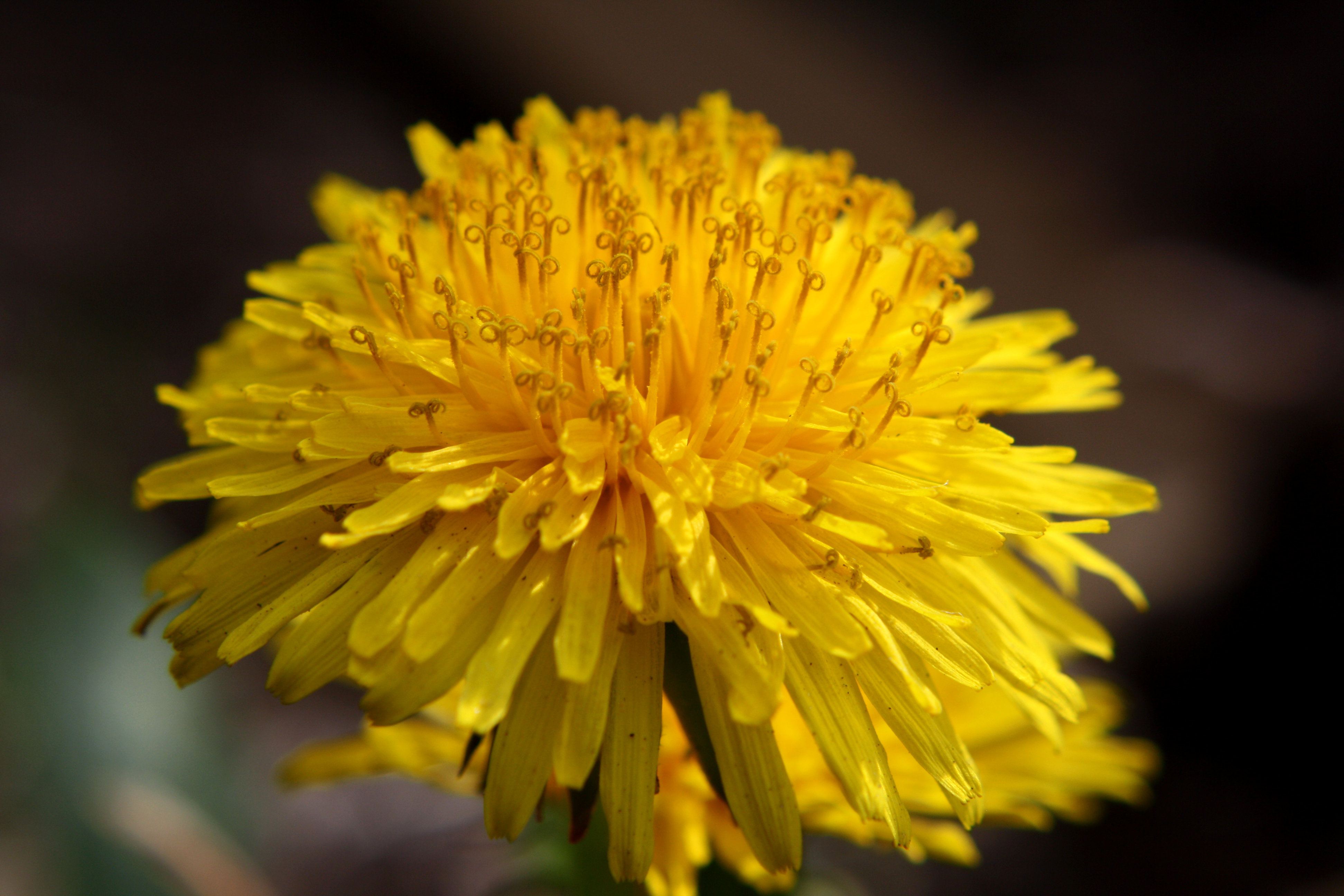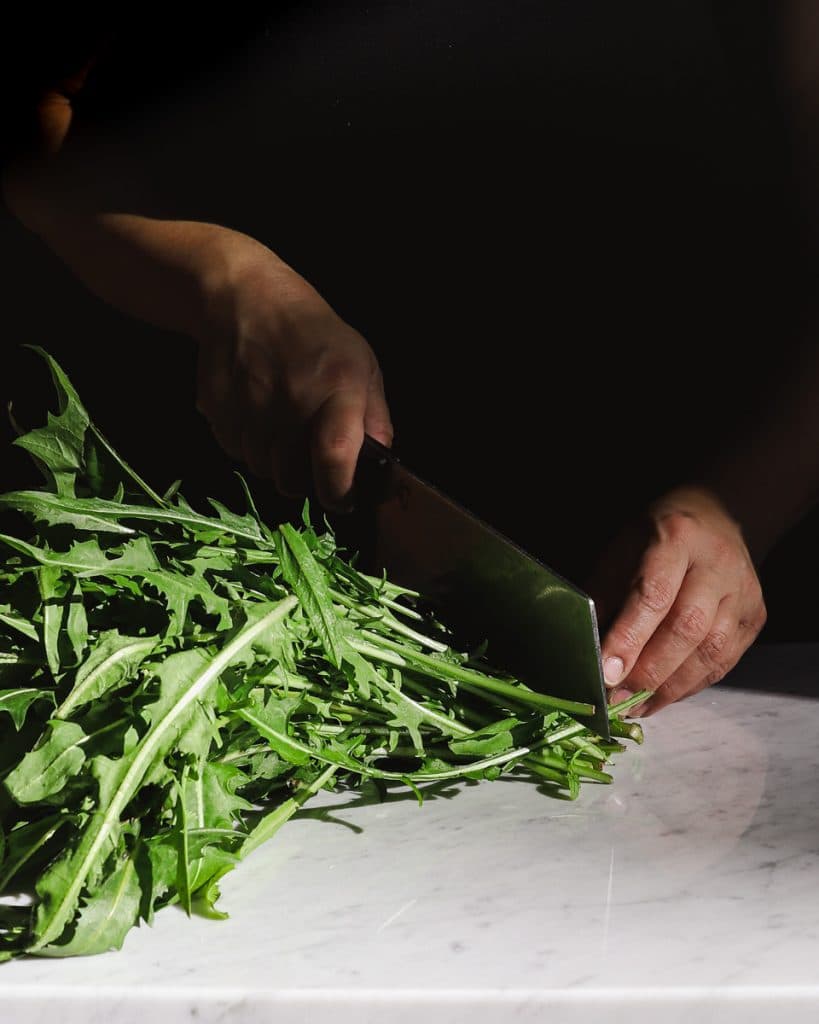Unearthing Auckland's Hidden Pantry: Edible Weeds
Auckland, New Zealand, a city renowned for its stunning harbors and vibrant culture, holds a secret bounty within its urban landscape: edible weeds. Often overlooked and dismissed as garden pests, plants like dandelions (Taraxacum officinale) and dock leaves (Rumex) are nutritional powerhouses and versatile ingredients waiting to be discovered. This article explores the growing movement of foraging and utilizing these readily available resources, transforming backyards into potential bistros and promoting a sustainable approach to food.
The concept of foraging for edible weeds isn't new; it's a practice deeply rooted in human history. Before the advent of modern agriculture, our ancestors relied on wild plants for sustenance and medicinal purposes. Today, a renewed interest in foraging is driven by a desire for fresh, local, and sustainable food sources, as well as a growing awareness of the nutritional benefits these plants offer. In Auckland, this movement is gaining momentum, with individuals, community groups, and even some restaurants embracing the potential of edible weeds.
Identifying edible weeds correctly is paramount. It's crucial to consult reliable resources, such as field guides, experienced foragers, or online databases, to ensure accurate identification and avoid consuming poisonous plants. Always err on the side of caution and only harvest plants from areas that are free from pesticides, herbicides, and other contaminants. Consider joining a local foraging group or workshop to learn from experts and gain practical experience.

Dandelion Delights: From Bitter Greens to Sweet Treats
Dandelions, often considered the bane of perfectly manicured lawns, are a surprisingly versatile and nutritious edible weed. Every part of the dandelion plant, from its roots to its flowers, can be utilized in various culinary applications. The leaves, best harvested when young and tender, have a slightly bitter flavor that can be tamed by blanching or sautéing. They can be added to salads, stir-fries, or used as a substitute for spinach in various recipes. Dandelion roots can be roasted and ground into a coffee substitute, while the flowers can be used to make dandelion wine, fritters, or even infused into honey.
Nutritionally, dandelions are packed with vitamins and minerals. They are a good source of vitamins A, C, and K, as well as calcium, potassium, and iron. Dandelions also contain antioxidants, which help protect the body against cell damage. The bitter compounds in dandelion leaves are believed to stimulate digestion and support liver function.
- Dandelion Salad: Combine young dandelion leaves with other salad greens, such as lettuce and spinach, and dress with a vinaigrette.
- Dandelion Root Coffee: Roast dandelion roots until they are dark brown and fragrant. Grind the roasted roots and brew them like coffee.
- Dandelion Flower Fritters: Dip dandelion flowers in batter and fry them until golden brown.

Dock Leaf Detox: Soothing Bites and Medicinal Uses
Dock leaves, another common sight in Auckland's urban landscape, are often overlooked as a potential food source. While mature dock leaves can be quite bitter and astringent, young leaves are edible and can be used in similar ways to spinach or other leafy greens. Dock leaves are particularly known for their soothing properties and are traditionally used to relieve stings and bites. Simply crush a dock leaf and apply it to the affected area to alleviate itching and inflammation.
Dock leaves contain oxalic acid, which can interfere with calcium absorption if consumed in large quantities. However, cooking dock leaves reduces the oxalic acid content, making them safer to eat. It's also advisable to consume dock leaves in moderation as part of a balanced diet. Nutritionally, dock leaves are a good source of vitamins A and C, as well as iron and potassium.
Beyond their culinary and medicinal uses, dock leaves can also be used as a natural remedy for nettle stings. The juice from the dock leaf helps to neutralize the stinging chemicals released by nettles, providing relief from the pain and itching. This makes dock leaves a valuable plant to have on hand when exploring areas where nettles are prevalent.

Foraging Etiquette and Sustainability in Auckland
As the popularity of foraging grows, it's essential to practice responsible and sustainable harvesting techniques to ensure the long-term availability of these resources. Always obtain permission before foraging on private land and avoid harvesting in protected areas or reserves. When harvesting, take only what you need and leave plenty of plants behind to regenerate. Avoid disturbing the surrounding environment and be mindful of other wildlife that may rely on these plants for food or shelter.
Consider joining local foraging groups or organizations in Auckland to learn more about sustainable harvesting practices and connect with other foragers. These groups often organize guided foraging walks and workshops, providing valuable opportunities to learn from experienced foragers and discover new edible plants. Some local councils, like the Auckland Council, may also offer resources and information on foraging in public spaces.
Tools like the Pl@ntNet app can be helpful for identifying plants, but always double-check with a reliable source before consuming anything. Remember, responsible foraging is about respecting the environment and ensuring that these valuable resources are available for future generations. Support local businesses and initiatives that promote sustainable foraging practices and contribute to the growing movement of edible weed appreciation in Auckland.

From Backyard to Bistro: The Future of Edible Weeds in Auckland
The edible weed revolution in Auckland is more than just a passing trend; it's a reflection of a growing awareness of the importance of sustainable food systems and a desire to reconnect with nature. As more people discover the nutritional benefits and culinary potential of plants like dandelions and dock leaves, these often-overlooked resources are likely to become increasingly integrated into our diets and lifestyles. Some innovative chefs in Auckland are already experimenting with edible weeds, incorporating them into their menus and showcasing their unique flavors and textures. For example, you might find a dandelion and goat cheese salad at a local farmers market or a dock leaf pesto accompanying a grilled fish dish at a fine-dining restaurant in the future. Who knows!
The future of edible weeds in Auckland is bright. With continued education, responsible harvesting practices, and culinary innovation, these plants have the potential to contribute to a more sustainable and resilient food system. By embracing the bounty that nature provides, we can transform our backyards into edible landscapes and create a more vibrant and flavorful culinary scene. Consider starting your own edible weed garden, experimenting with new recipes, and sharing your knowledge with others. Together, we can unlock the full potential of Auckland's hidden pantry and create a more sustainable and delicious future.
Ultimately, the movement encourages a shift in perspective – from viewing these plants as unwanted pests to recognizing them as valuable resources. This change in mindset can lead to a more sustainable and connected relationship with the natural world, enriching both our diets and our lives.

So, get out there, explore your green spaces, and let Auckland's wild bounty nourish your body and soul! Who said Auckland is boring? 😊
-JAFA
Comments
Post a Comment